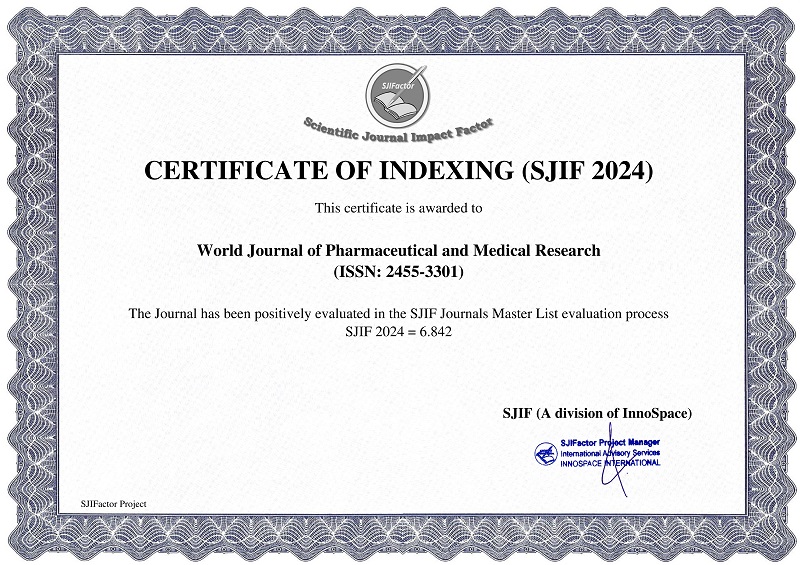ANALYSIS OF RISK FACTORS, CLINICAL FEATURES AND TREATMENT PATTERN IN CHRONIC LIVER DISEASE PATIENTS AT A TERTIARY CARE TEACHING HOSPITAL: A PILOT STUDY
Madhavi Valleti*, Pavan Kumar B. and Lakshmi P.
ABSTRACT
Chronic liver disease is one of the most prevalent disease in the world. It consists of a wide range of liver pathologies which include inflammation (chronic hepatitis), liver cirrhosis, and hepatocellular carcinoma. It is a serious disease that is associated with significant morbidity and mortality. The most common causes of CLD, hepatitis B virus and hepatitis C virus, have been estimated to affect 360 million and 200 million people worldwide respectively. In addition, alcohol is another main cause of end stage liver disease worldwide. Smoking and alcohol contributes major risk factor for CLD. Most chronic liver disease is symptomless and when symptoms do develop, they are often vague such as tiredness, weakness, loss of appetite, jaundice, abdominal distension, pedal edema, and nausea. Complications include ascites, encephalopathy, varices and liver cancer. Patients with liver disease often require drug treatment, either for their liver disease and its complications, or for other concomitant conditions. Prescribers should be aware of the way in which drug response can be affected in patients with liver disease, in order to ensure safe and effective therapy. The management strategy of liver disease is a combination of treating the symptoms and complications that arise, as well as drug therapies relevant to the specific underlying diagnosis. This study was carried out to evaluate risk factors, clinical features, complications and treatment pattern in general medicine department to improve awareness among physicians and society. (CLD – Chronic Liver Disease).
[Full Text Article] [Download Certificate]



